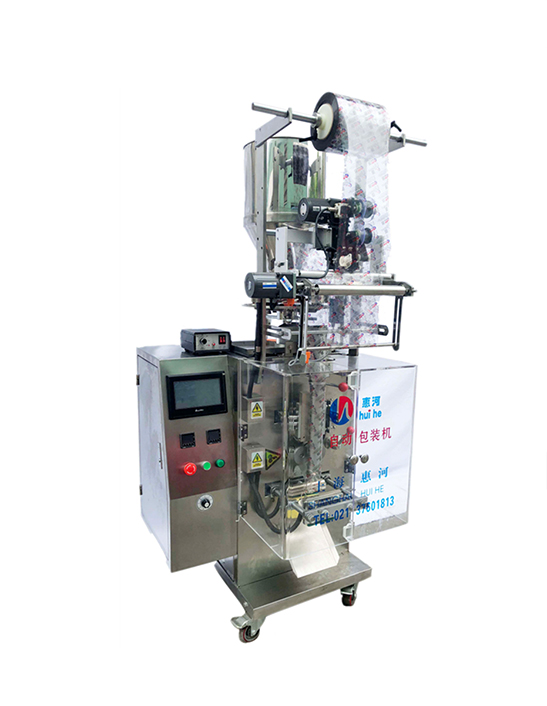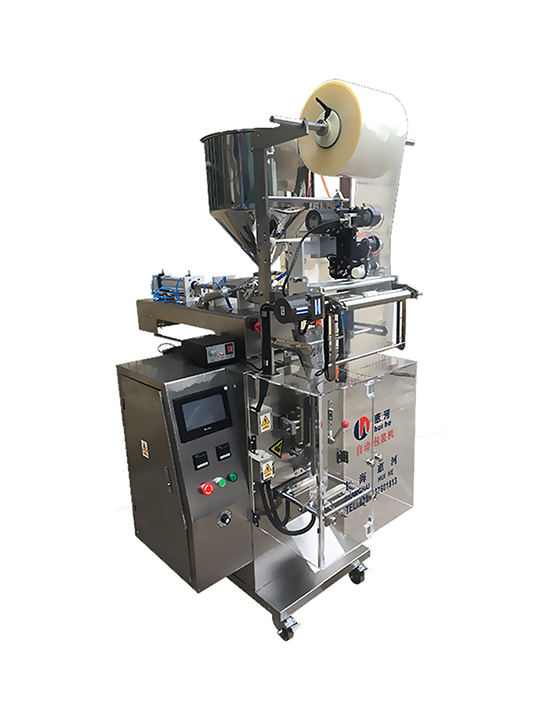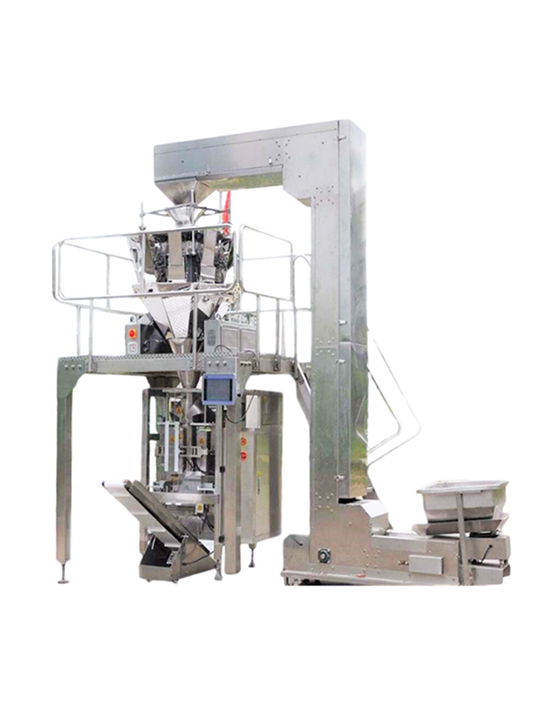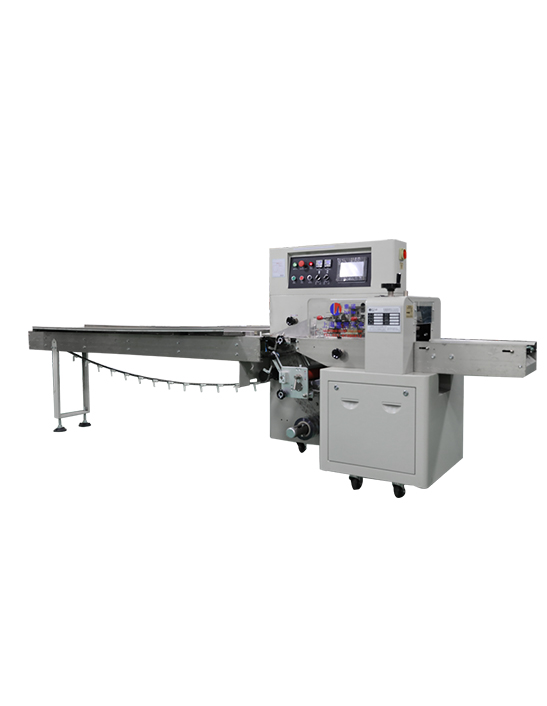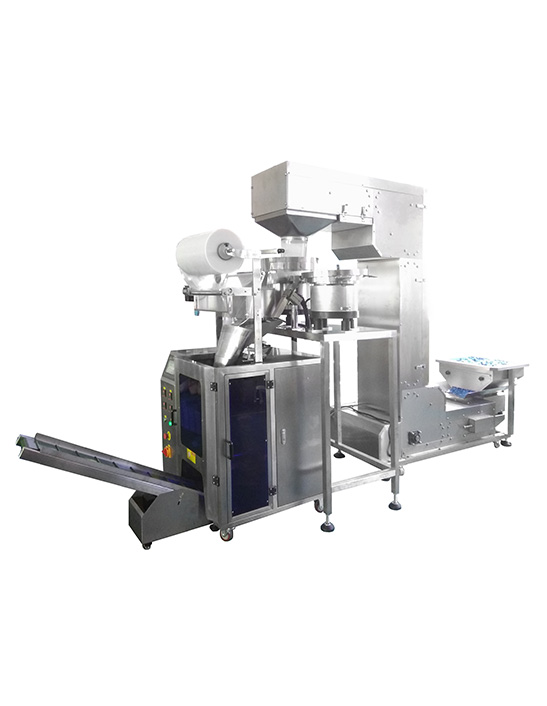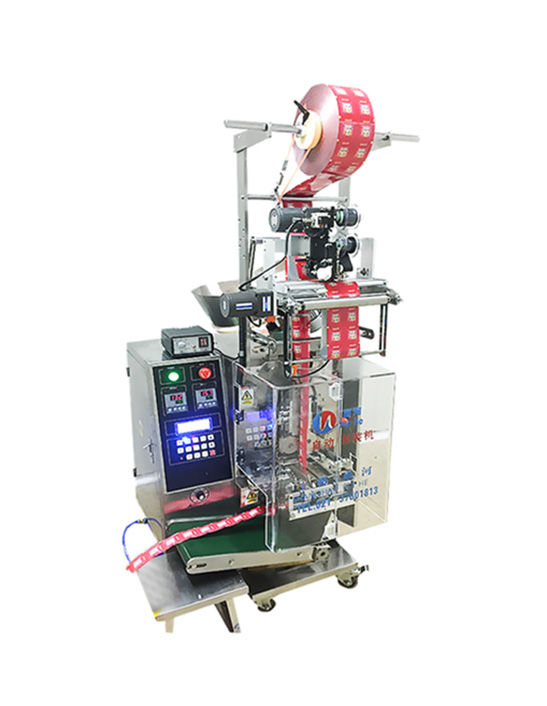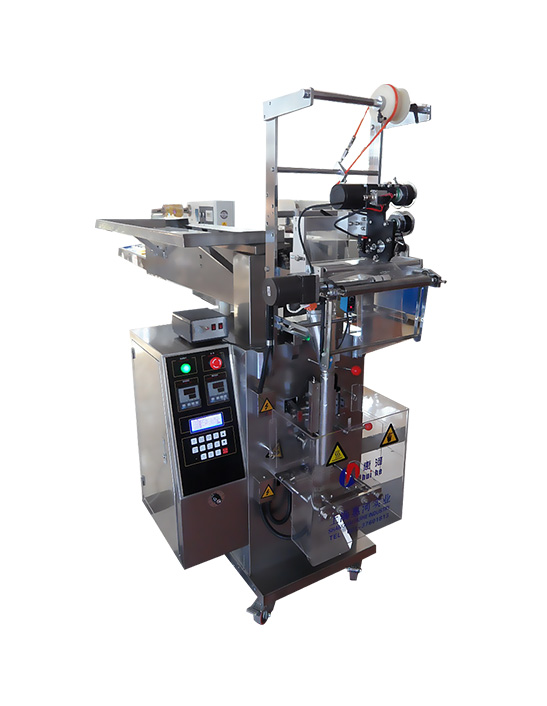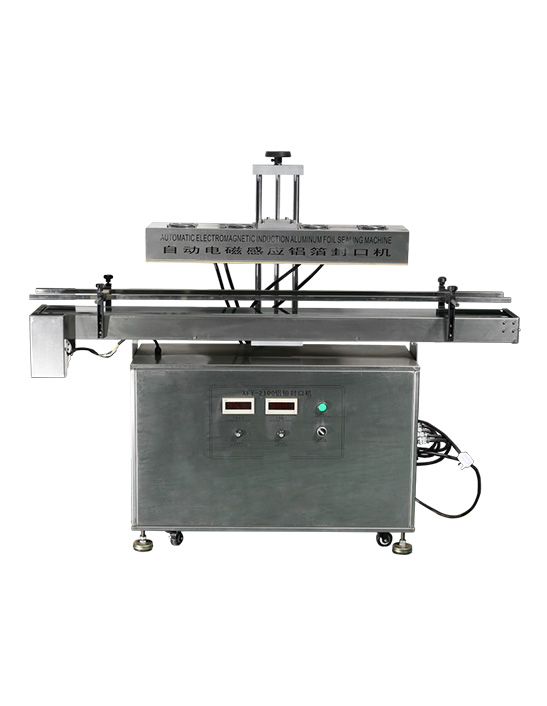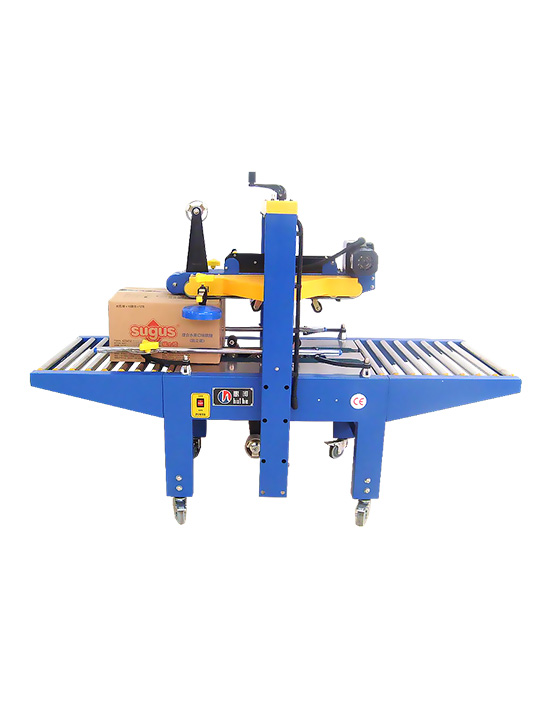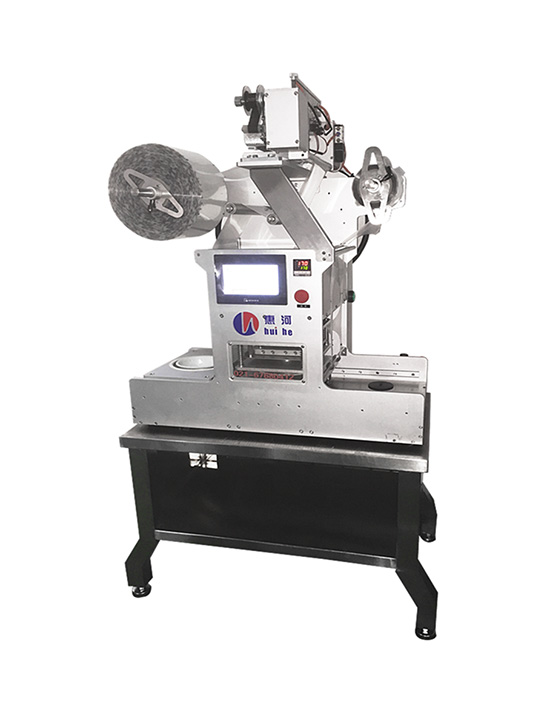In modern industrial production, packaging efficiency and accuracy have become crucial indicators of product quality and corporate competitiveness. For granular materials such as grain, chemicals, food, and pharmaceuticals, the emergence of granule packaging machines has not only improved packaging efficiency but also significantly enhanced packaging standardization and hygiene standards.
1. What is a Granule Packing Machine?
A granule packaging machine is a type of automated equipment specifically designed to automatically weigh, fill, bag, and seal granular materials (such as sugar, salt, rice, feed, seeds, coffee beans, laundry detergent, and seasoning granules). It is widely used in industries such as food, agriculture, daily chemicals, and pharmaceuticals, offering a highly effective alternative to traditional manual packaging.
Granule packaging machines can be categorized as semi-automatic or fully automatic based on their degree of automation. Based on the packaging format, they can be further divided into vertical granule packaging machines, bag-feeding granule packaging machines, and multi-lane granule packaging machines.
2. Basic Structure of a Granule Packaging Machine
A typical granule packaging machine consists of the following components:
1. Automatic Feeding System
This typically consists of a hopper, a vibrating feeder, or a screw feeder to ensure a continuous and stable supply of material.
2. Weighing System
This system typically uses a measuring cup, electronic scale, or screw weigher to weigh the granules to a set accuracy.
3. Bag Making System
This system converts roll film or pre-made bags into bags of specified dimensions and then performs coding and printing on them.
4. Filling System
This system automatically fills the measured granules into the formed bags.
5. Sealing and Cutting System
This system heat-seals and presses the bag openings, then cuts the bags into individual finished packages.
6. Control System
This system includes a PLC program controller and touch screen interface, enabling parameter setting, fault alarms, and production statistics.

3. Working Principle of the Granule Packaging Machine
The basic workflow of the granule packaging machine is as follows:
1. After starting the machine, material enters the weighing unit from the storage hopper;
2. The system automatically controls the material flow rate based on the set weight and completes the weighing;
3. The packaging film is pulled to the bag-making area, where the former folds it into a cylindrical shape;
4. The longitudinal and transverse heat seals are simultaneously completed to form the bag bottom;
5. The weighed granular material is filled into the bag;
6. The sealing device seals the bag opening and simultaneously cuts it;
7. The finished package is automatically discharged to the next station or into a box.
The entire process is highly automated, and the operator only needs to perform initial system parameter settings and maintenance.
4. Classification of Granule Packaging Machines
1. Vertical Forming Granule Packaging Machine (VFFS)
Commonly used for small and medium-sized packaging, with a compact structure and stable operation, it is suitable for the food and agricultural products industries.
2. Multi-lane Granule Packaging Machine
Capable of packaging multiple lanes of materials simultaneously, it is suitable for small bags, such as coffee granules, sugar packets, and seasoning packets.
3. Bag-feeding Granule Packaging Machine
Uses pre-made bags and is suitable for applications with high packaging requirements, such as pet food and high-end health products.
4. Semi-automatic Granule Packaging Machine
Suitable for businesses with low production volumes or a wide variety of packaging options, it provides manual weighing and filling.
5. Applicable Industries and Materials for Granule Packaging Machines
1. Food Industry
Sugar, salt, beans, rice, nuts, biscuits, cereal, milk tea granules, jelly ingredients, etc.
Improves food safety and prevents contamination.
2. Agriculture
Granular raw materials such as seeds, fertilizers, and feed.
Achieves quantitative packaging for easy transportation and storage.
3. Pharmaceutical and Health Products Industry
Pills, granules, health supplements, etc.
Compatible with cleanroom and purification packaging systems.
4. Daily Chemical Industry
Granules such as laundry detergent, desiccant, and dishwashing tablets
Attractive and durable packaging enhances product quality.
6. Key Advantages of Granule Packaging Machines
1. High Efficiency
Automatic weighing, filling, and sealing significantly reduces manual operation time and labor intensity.
2. High Precision
Adopts an advanced weighing control system to ensure consistent weight in each bag, preventing waste or shortages.
3. High Adaptability
Adjustable packaging size and speed to accommodate a variety of granular materials and packaging requirements.
4. Hygiene and Safety
Made of food-grade stainless steel, the equipment complies with GMP, HACCP, and other standards.
5. Cost Savings
Reduces labor requirements, controls material loss, and lowers production and operating costs.
6. Intelligent Control
The touch-screen interface allows for easy parameter adjustment and supports automatic counting, fault alarms, data tracking, and other functions.
7. Considerations for Purchasing a Granule Packaging Machine
1. Identify Material Characteristics
Different granule sizes, flowabilities, and viscosities require different metering and feeding methods.
2. Determine Packaging Format and Speed Requirements
Select equipment with appropriate specifications based on daily packaging volume and finished bag requirements.
3. Check Equipment Material and Construction
Stainless steel is recommended for the food or pharmaceutical industries, as it is easy to clean and corrosion-resistant.
4. After-Sales Service and Technical Support
High-quality service ensures long-term, stable operation of the equipment.
5. Equipment Expansion Capabilities
Can it connect to peripheral equipment such as coders, labelers, inspection systems, and case packers to facilitate future upgrades?
8. Future Development Trends
With the development of Industry 4.0 and intelligent manufacturing, granule packaging machines are evolving in the following directions:
Higher Automation Level: Integrating with AGV logistics systems to achieve unmanned packaging production lines;
Intelligent Control System: Monitors production status through big data and cloud computing, enabling remote operation and maintenance;
Strong Compatibility with Eco-Friendly Packaging Materials: Compatible with biodegradable films and recycled materials;
Multi-Functional Integrated Design: A single device integrates multiple functions, including metering, mixing, vacuuming, coding, and inspection.
Conclusion
As a key piece of equipment in modern production, pellet packaging machines not only represent the automation and intelligence of packaging technology but also embody an enterprise's commitment to efficiency, quality, and safety. As market demand for product packaging continues to evolve, the application areas of pellet packaging machines will continue to expand, and their functions will become increasingly intelligent, efficient, and environmentally friendly. Whether you're a small startup or a large factory, choosing the right pellet packaging machine is a crucial step towards high-quality, efficient production.
If you're planning to install a pellet packaging machine, consider the material, production volume, budget, and future expansion considerations to select a device that truly meets your needs and empowers your production line with increased efficiency.

 英语
英语 西班牙语
西班牙语 简体中文
简体中文
